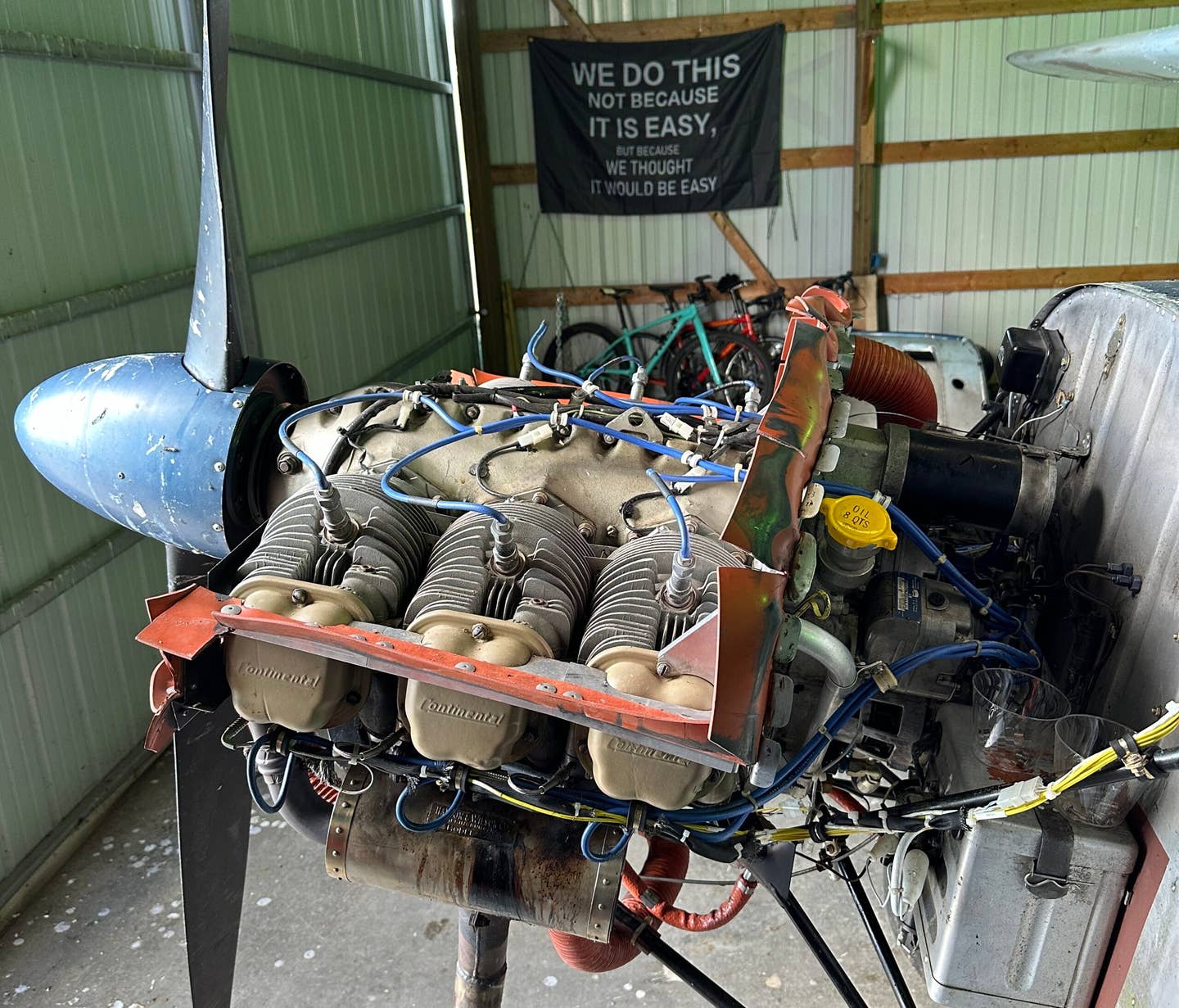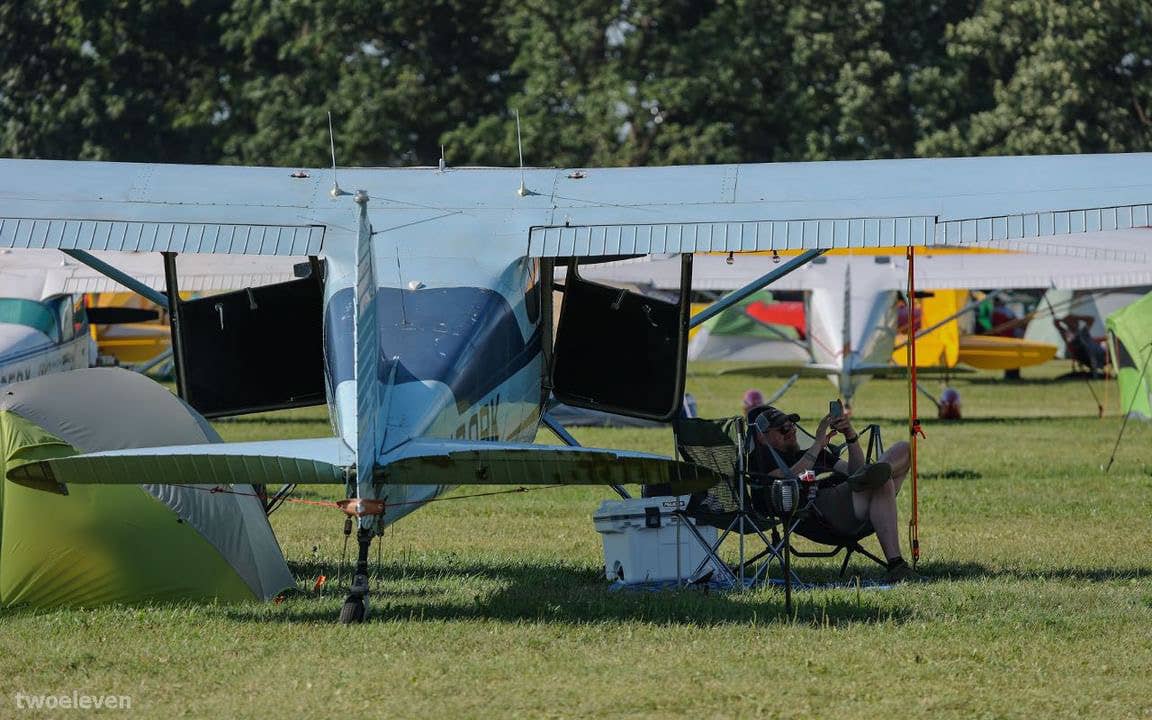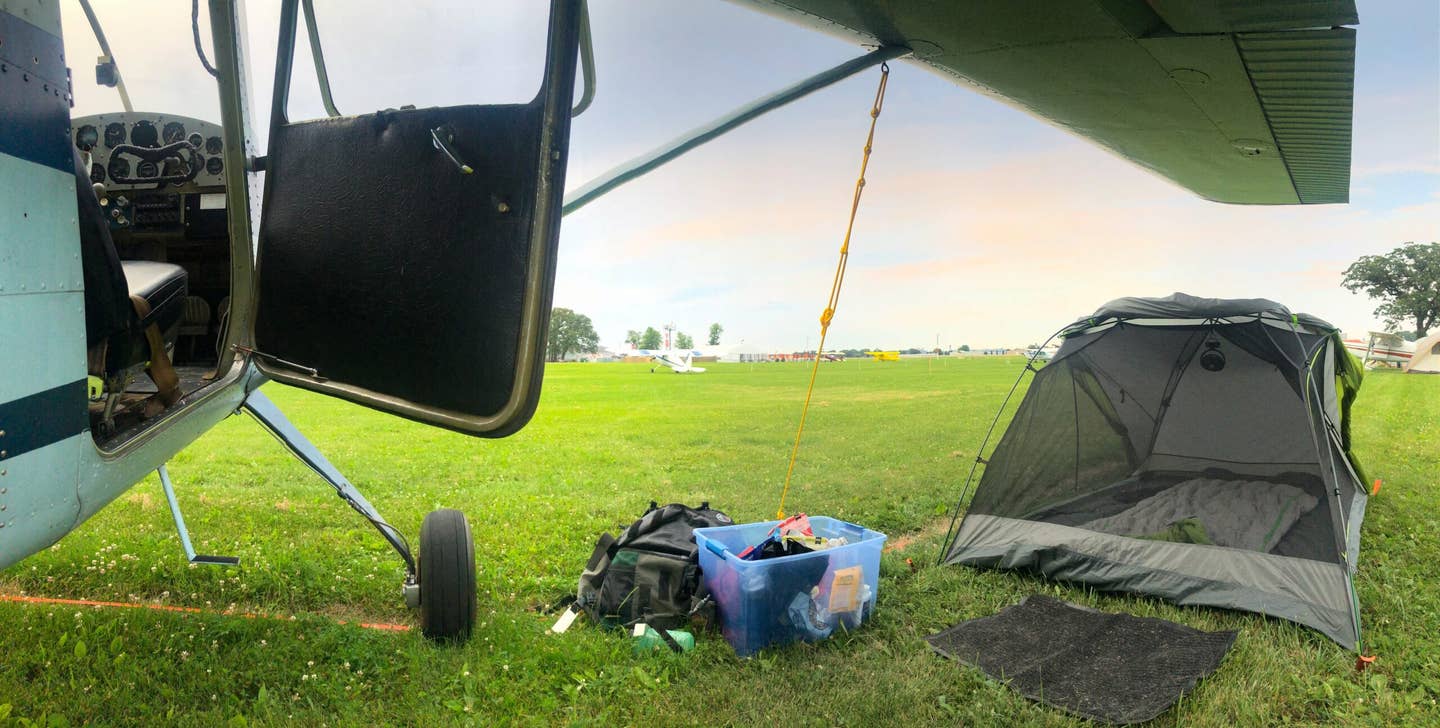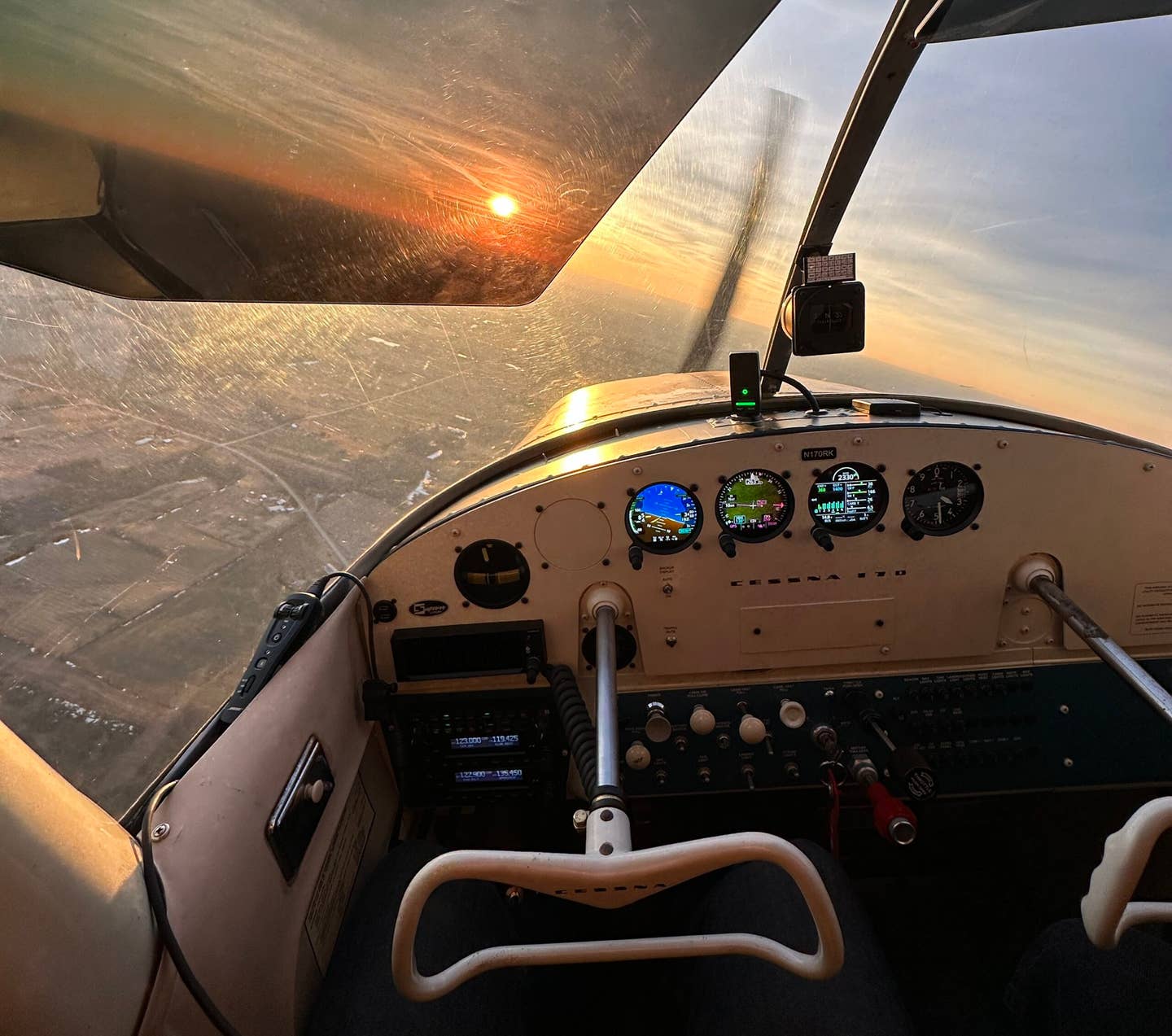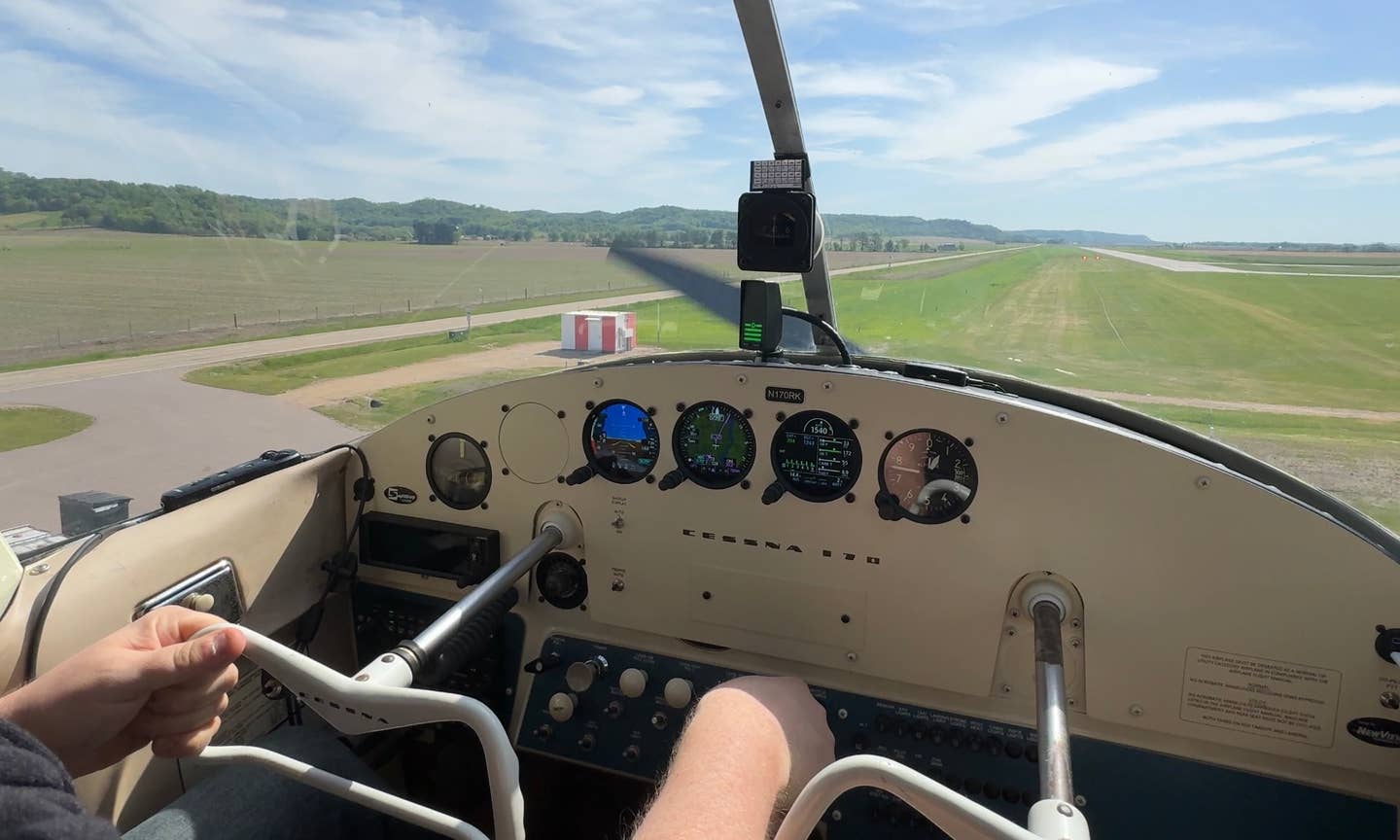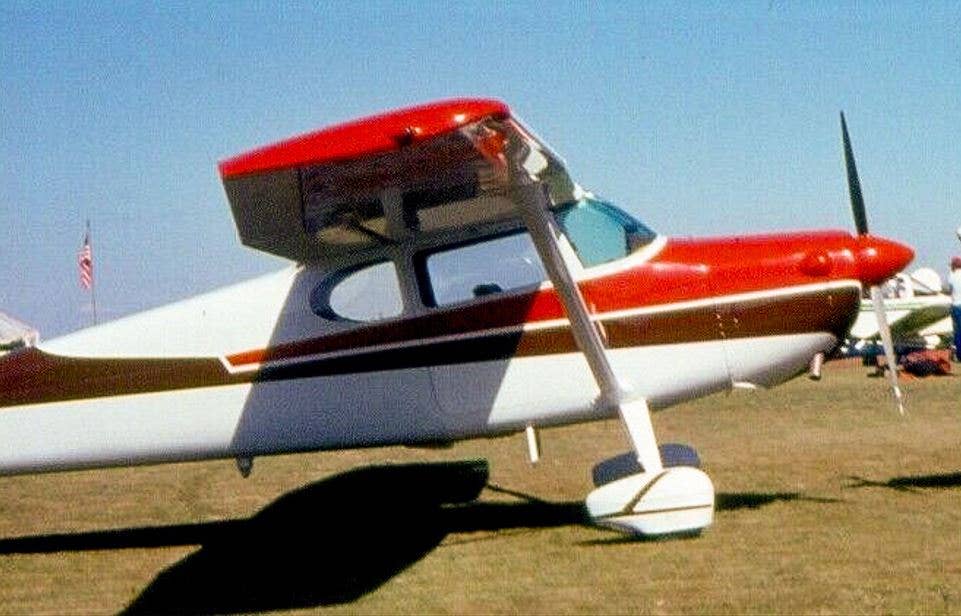Going to the Birds, And How Not To
Here’s a list of what to look for and what questions to ask when shopping around for a hangar.
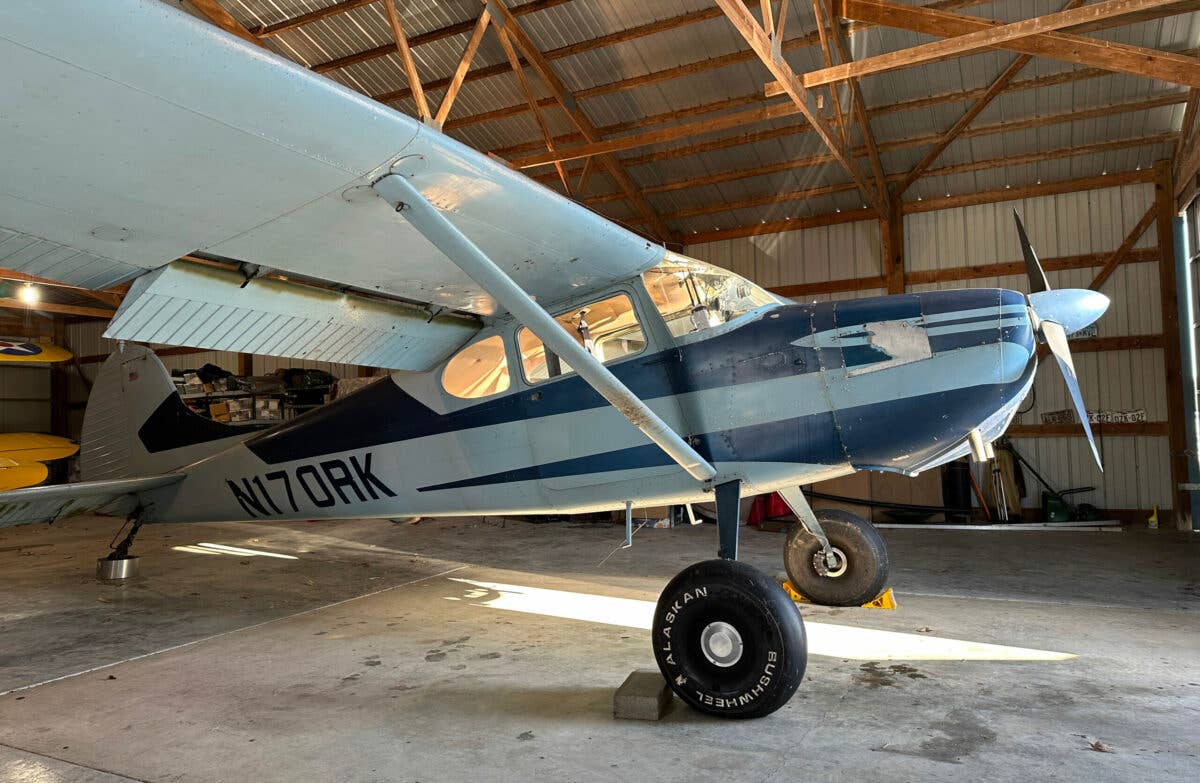
Hangars can have hidden pitfalls that might not become evident for months or even years. Here, a strip of aluminum surrounds the tailwheel to help prevent rodents from entering the airframe. [Courtesy: Jason McDowell]
It’s not every day I long to take multiple lives with my bare hands. Or fantasize about setting up lethal booby traps that employ electrical current to deliver swift death to my enemies.
But the other day, when I opened up my engine cowl during a preflight inspection and discovered several pounds of grass, twigs, and debris packed tightly into every nook and cranny of my engine compartment, the local starling population was fortunate they were out of my reach.
It had been a long week, and for days, I’d been looking forward to the simple pleasure of solitary pattern work at a nearby 1,700-foot grass strip that I love. The runway is rolled so frequently, it’s as smooth as a pool table. After a long, frustrating day of work, an hour or so of landings is a great way to clear my mind and unwind.
- READ MORE: When It’s Better to Have It and Not Need It
On this particular day, however, the birds had ensured my trip to the hangar had the opposite effect. I worked for about 30 minutes with a flashlight, needle nose pliers, and a Shop-Vac to remove the piles and piles of brush and grass from around the engine before finally giving up. I wasn’t convinced I’d be able to remove every last bit of it, and given the fire hazard it presented, I decided I’d let my mechanic remove the cowl and blow it all out thoroughly when he arrived for some unrelated work later in the week.
As I reflected on the day’s ruined flight, two observations occurred to me. First, while the shopping process for a hangar to rent is nowhere near as complex as that of an airplane, one can still benefit from some basic detective work. And second, when given the choice, a nicer hangar is most likely worth the extra investment.
Last summer, I opted to move out of my original hangar and into my current one, reasoning that I preferred to share the two-airplane hangar with my friend Dan, who occupies the other half. While it would be difficult to give him up as a hangar mate, the extremity of the bird infestation now has me reconsidering the move. I simply never took the time to look into the new hangar in depth. A hangar is a hangar, I thought.
Now, with a few years of ownership behind me, I’m able to assemble a list of subtle but important concerns that will dictate my selection of future hangars. The current bird concern tops the list, as so much time can be wasted cleaning off droppings and clearing out nest materials. But I’d also approach existing hangar tenants to determine whether water seeps in through the roof or beneath the walls and whether ice dams trap form during the winter.
I’d also ask about the land immediately around the hangar and find out whether it floods and how well the snow is actually cleared during winter. If the main door is electric, I’d be curious to know what happens in the event of a power outage and whether a small generator or battery pack could be plugged in to get the airplane in or out. After all, a power outage that leaves the door open ahead of a violent storm could be disastrous for both the hangar and the airplane inside.
Cell service would also be a concern. With decent coverage, I’d have good day-to-day connectivity, and I’d be able to use a remote switch to turn my engine preheater on or off from home. Good coverage would also enable the installation of cameras, both for security and to check the runway and ramp conditions before making the drive to the airport. My current location has terrible coverage, and all of these things are challenges.
I would never have thought of these things when I first bought my airplane. But now that I know what to look for and what questions to ask, I’d spend some time hanging out at potential airports a bit and learning about their hangar situations before deciding on any particular location. And if faced with a nicer hangar option that comes at a premium cost, I’ll consider how much time and effort I’ve had to spend dealing with the various woes of a bad hangar and account for that in my decision-making process.
As for my current bird situation, I’ve got a plan. The airfield has recently been sold to a new owner. He’s not a pilot, just an enthusiast looking to get into aviation as a hobby. And it sounds like he has yet to go up for a flight with anyone.
There’s an old saying: “A good lawyer knows the law, and a great lawyer knows the judge.” Perhaps a nice evening flight among the hayfields will kick off a good working relationship with the new guy. With any luck, it just might culminate in some weatherstripping, deterrent spikes, and maybe a cat or two to address the bird problem.

Subscribe to Our Newsletter
Get the latest FLYING stories delivered directly to your inbox

